The National Museum of South Korea or acquaintance with the history, culture and life of this country
We, like in a fairy tale, will go to the left - you'll get to the National Museum, you'll go to the right - you'll get to the Khangyl Museum. Today we decided to go left ...
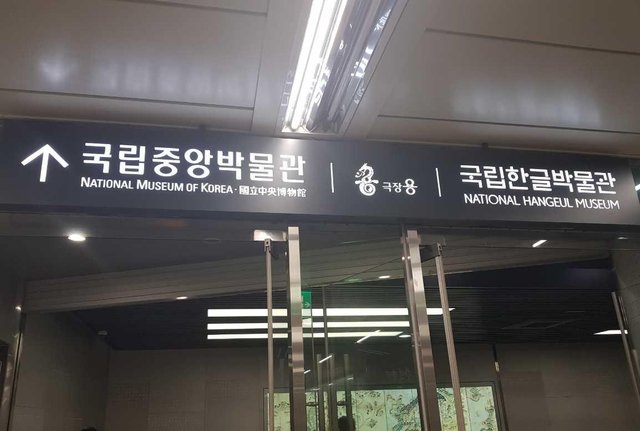
The National Museum is a place where you can learn about the country, history, culture, and more. The National Museum in South Korea is 3 floors dedicated to different periods of Korean history, and not only. To get around that, you need at least 5-6 hours.
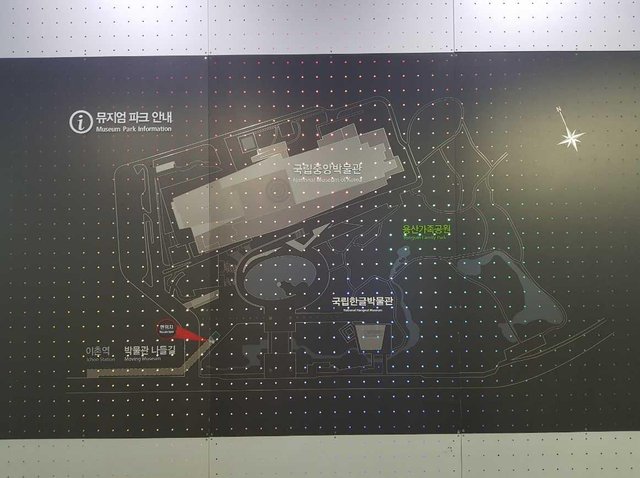
I remember how one day we came to a group in this museum, about 7-8 years ago, I could not connect two words with them in English. After passing only a few compartments of the museum, we were tired of the fact that there were too many unfamiliar words in the exhibition tablets, and we understood very little. Therefore, we all gathered together and went to the cafe in the museum for a cup of coffee, where we spent the remaining 2 hours, which we were assigned to check out the museum.
The museum works daily from 10 am to 6 pm, on Wednesdays and Saturdays - until 9 pm, and on Sundays until 7 pm. To see the museum properly, you must spend two days here. Fortunately, the entrance to the museum is free. Although there are various exhibits in the special hall, where the entrance is only for tickets. Now there is an exhibition "About Mongolia" and its entrance price is 3,000 Korean won, eg. 3 dollars.
In front of the museum building there is a small mirror pool where stands the Cheonjianjon (청장 p) pavilion of the traditional Korean type.
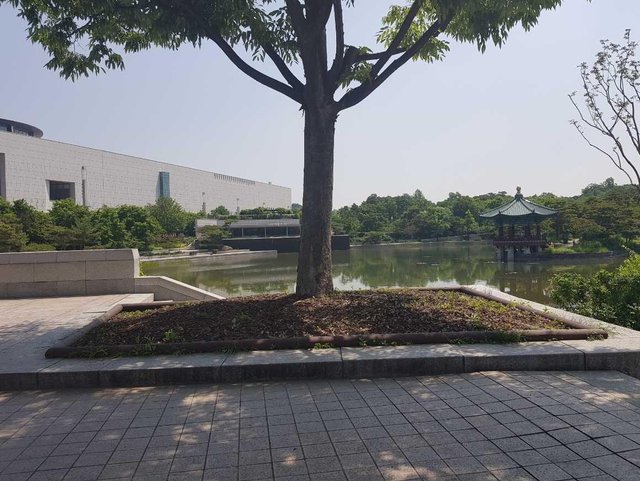
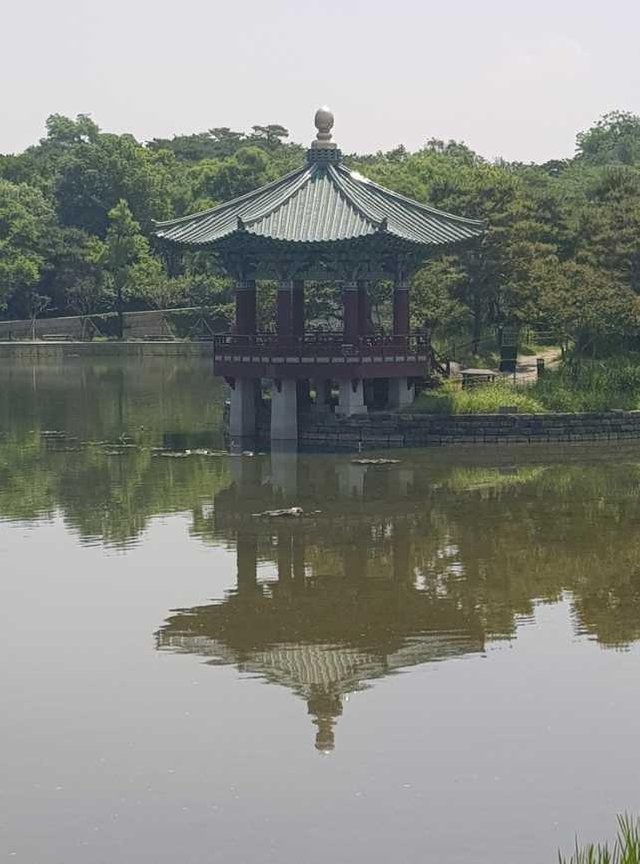
Climb the stairs to the museum building, you are under a refreshing water sprayer. In Korea it's summer, the humidity is high, and as a result, it's very stuffy on the road. So that kind of spray will soon be in many public places, especially in amusement parks.
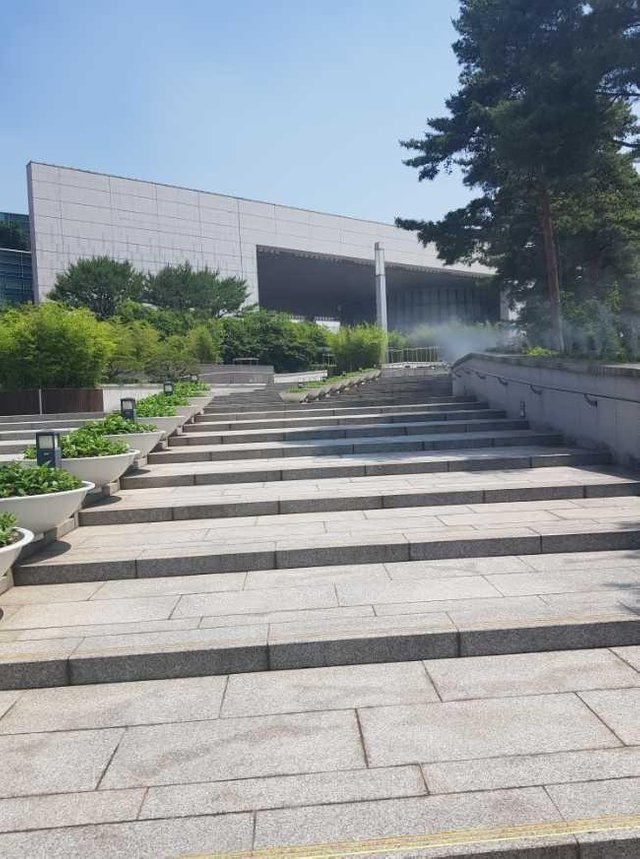
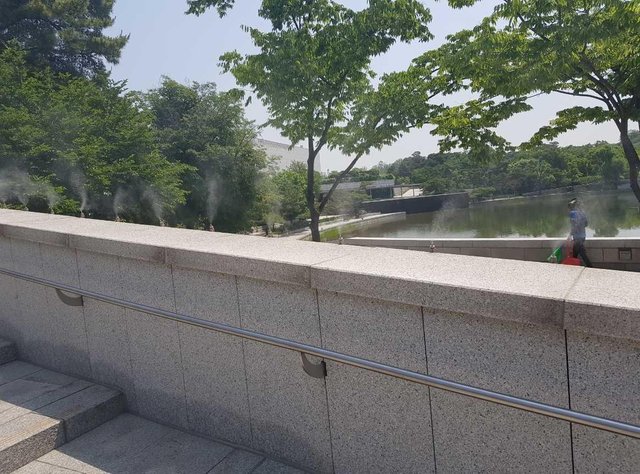
The museum itself is divided into 2 parts: on the right is the museum itself, and on the left there is a library, theater, educational center, and a children's museum. At this fork, we're going to the right.
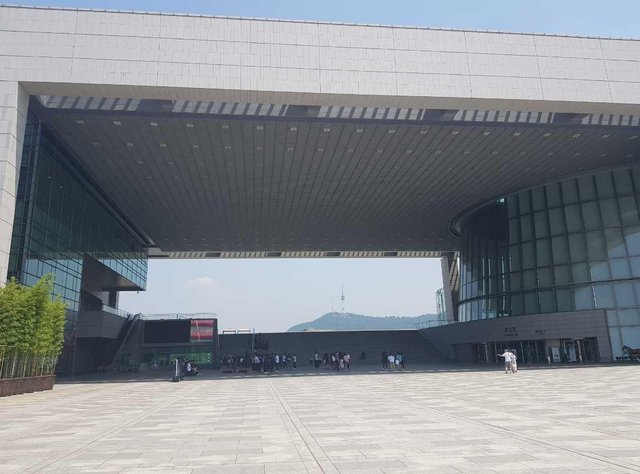
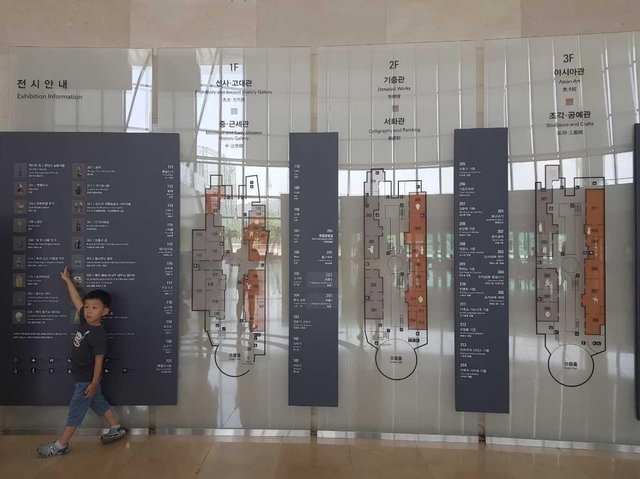
On every floor of the museum there are several recreational areas where you can sit and make small breaks. There is also a cooler with water.
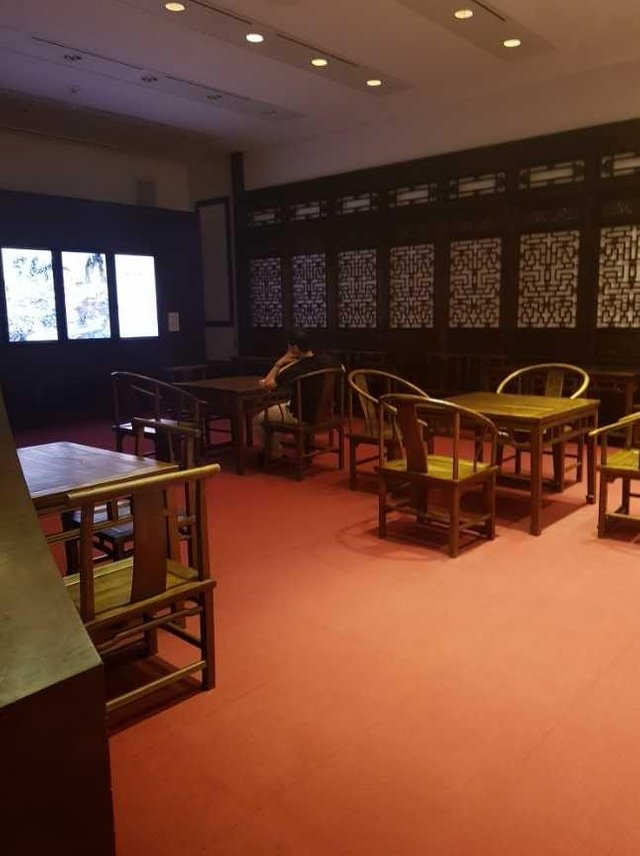
I, as usual, start from the top floor, ie from third, where there are 3 major departments: departments of Asian countries, Buddhist department and pottery department.
The Asian cultural exhibition hall includes exhibitions of various Asian countries that tell about the history, culture and features of the region. For example, in the "Indian" hall you can fill your knowledge in the field of Hinduism, learn what kind of gods are worshiped in the homeland of Taj Mahal.
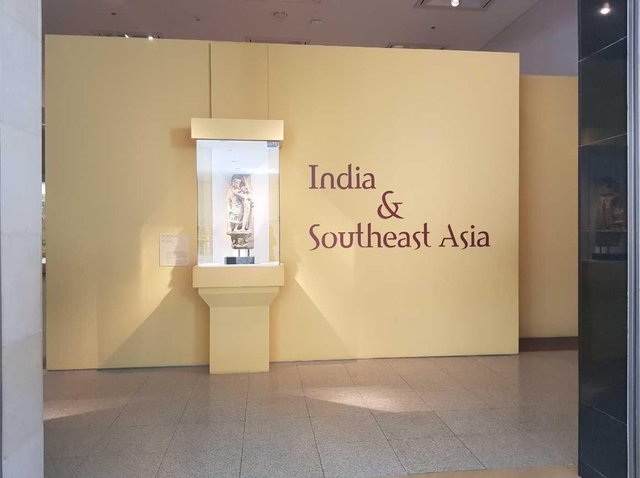
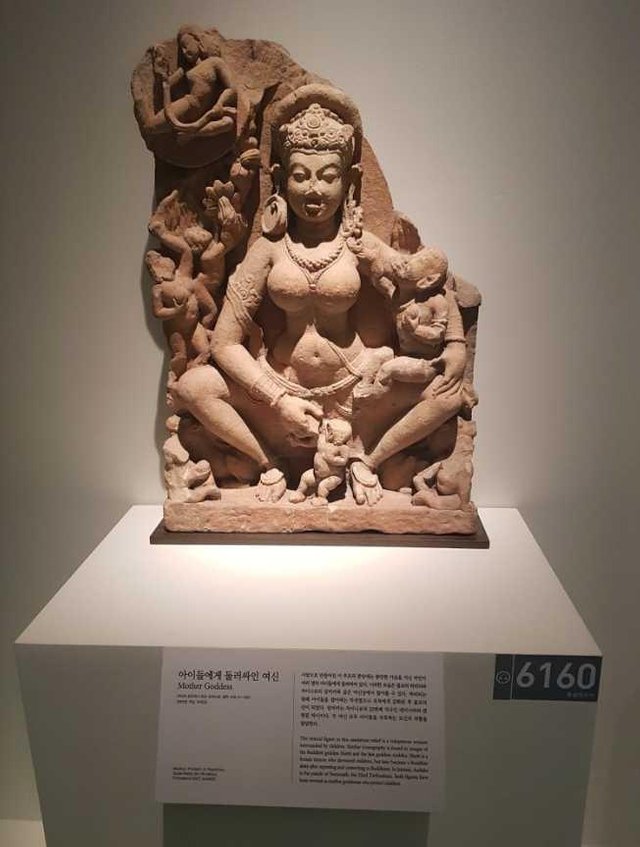
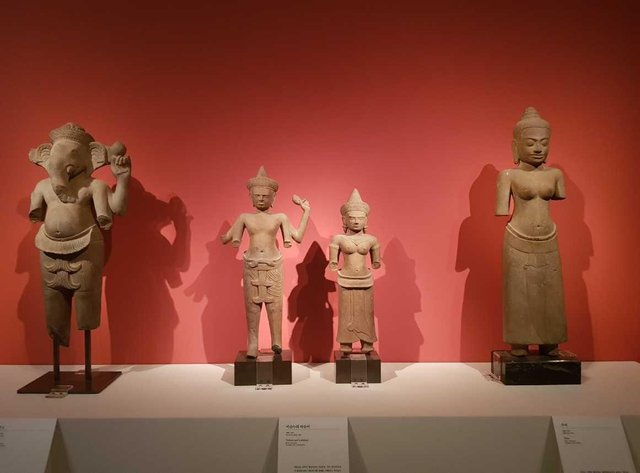
The Silk Road Hall, located in the Central Asian department, is very popular among visitors. Probably because the Silk Road always plays a very important role in Asian countries. Several hundred years ago, the first caravan passed this route.
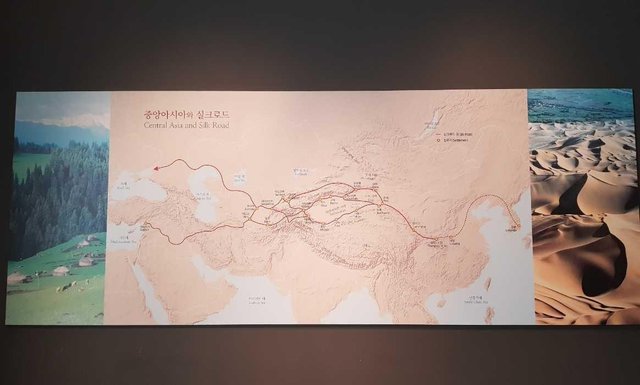
The Asian section of the museum consists of 5 large halls. 5 regions (Japan, China, Central Asia, India and Southeast Asia, as well as the exhibition hall found in the Sinan area). In total, in these 5 halls, more than 830 exhibits were collected.
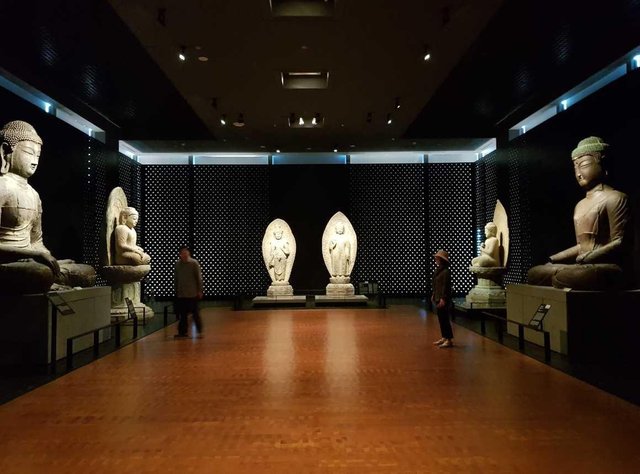
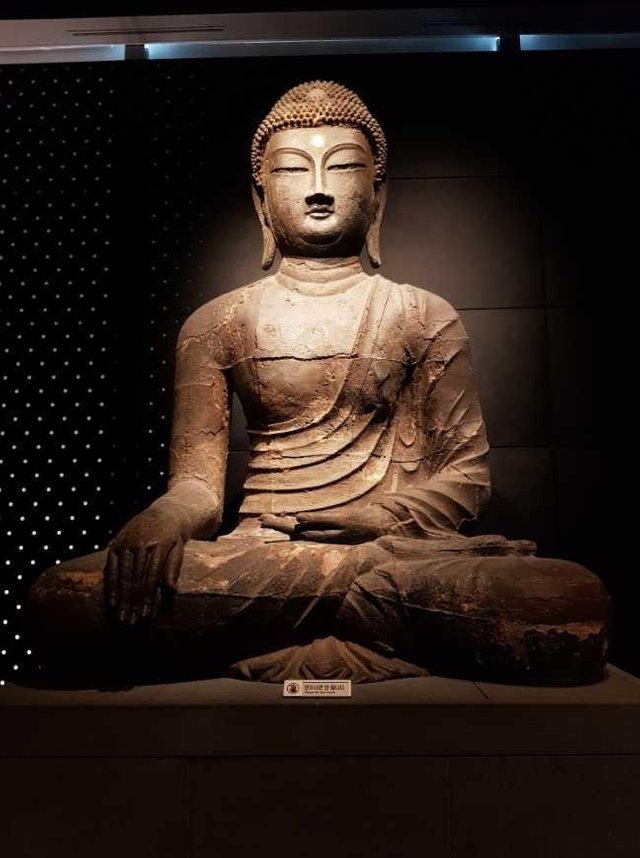
All halls are connected in long corridors. Going into the hall with the Buddha, I had a bit of a shock. At the beginning of this long corridor there is a very large Buddha statue. Here you can not only find the most diverse Buddhist statues, but it is also better to study the birth history of Buddhism on the Korean peninsula.
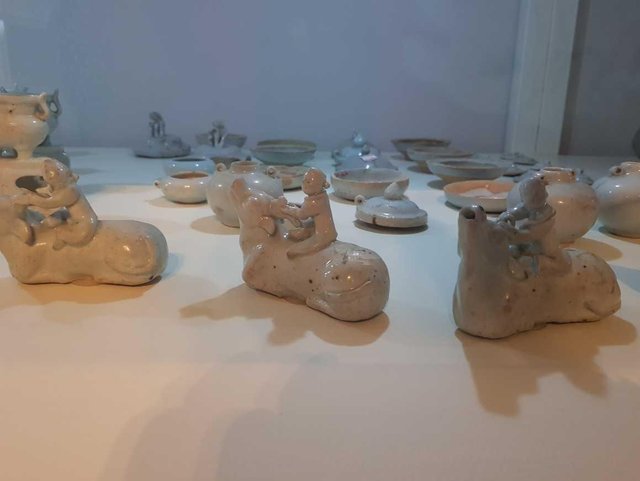
At the end of the corridor there are 3 rooms dedicated to pottery from Korea. There are many beautiful handmade artifacts, and they date back to the 12-14th century. In a separate room collected ship found on the seabed. Some of them damaged, some survived.
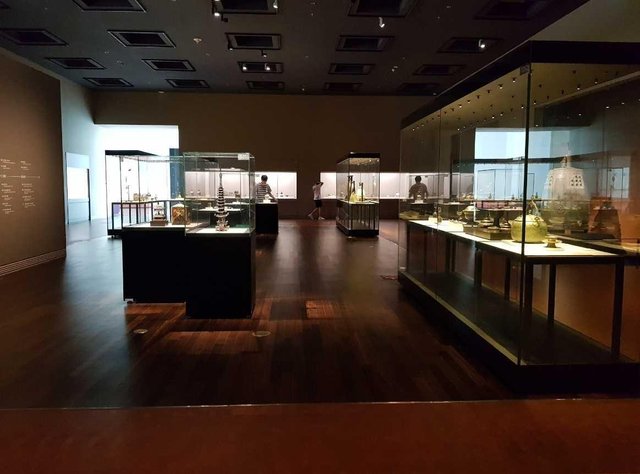
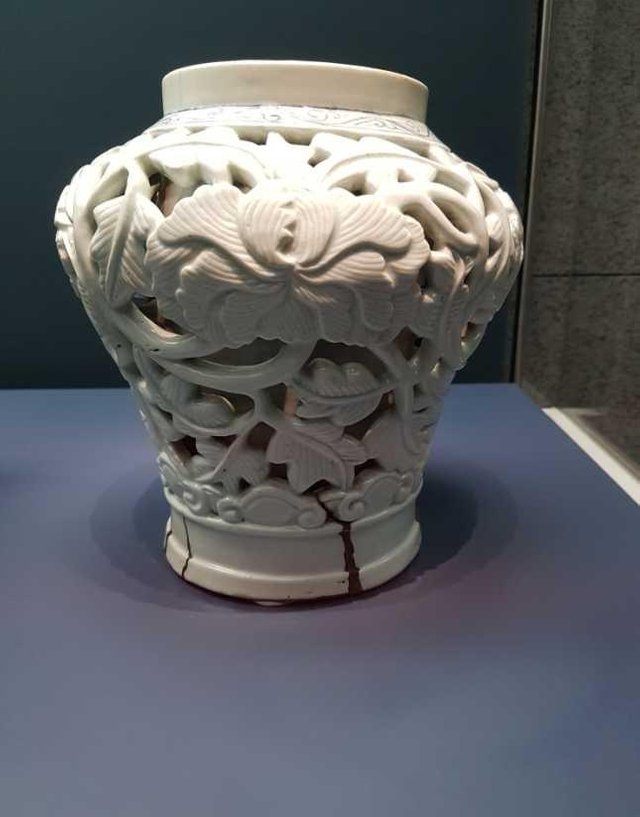
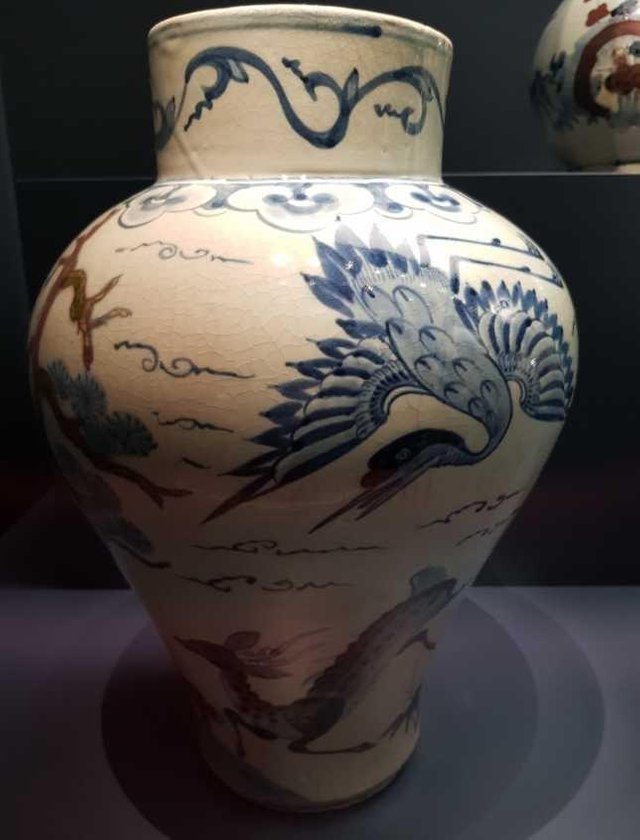
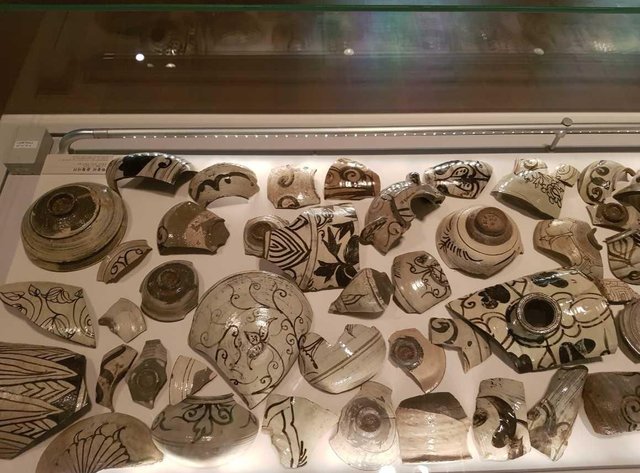
In total, the department collected 710 items.
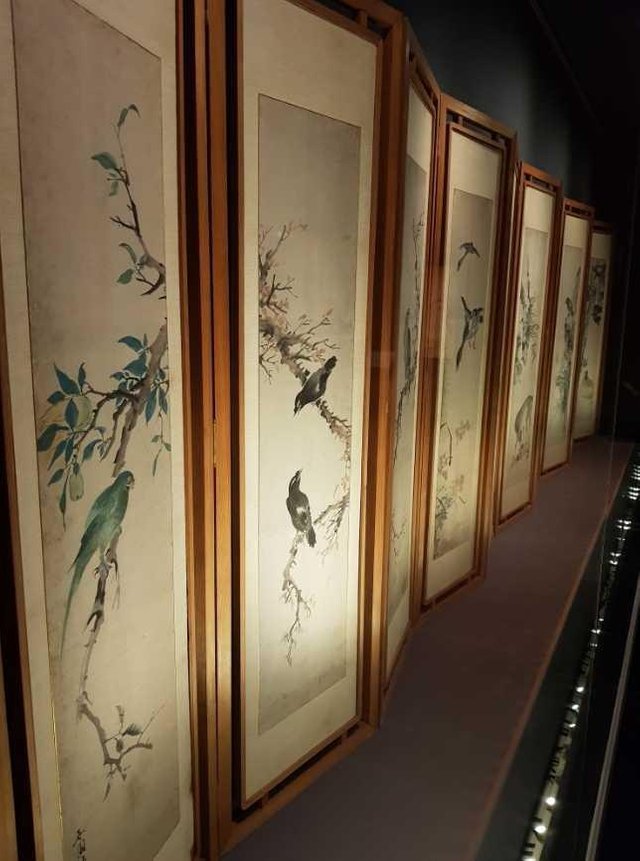
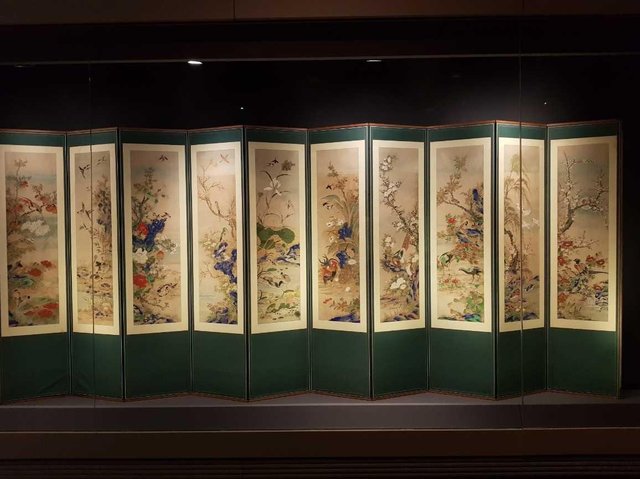
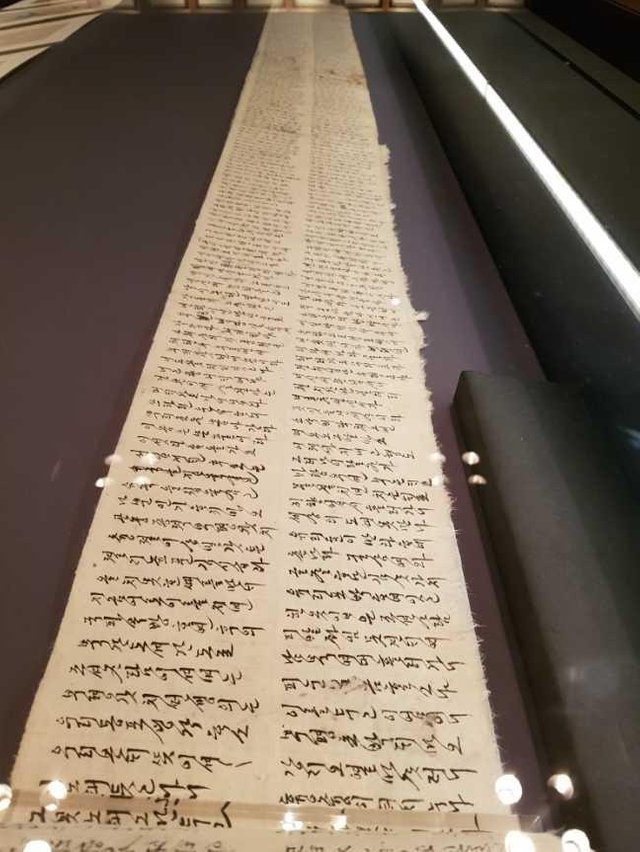
Down to the floor below, we fell into 2 long corridors. In one corridor 8 halls, where 300 works of art are exhibited, this corridor is devoted to calligraphy and painting. Perhaps the most important cultural heritage here is the 9 meter picture, which depicts the ritual of a Buddha.
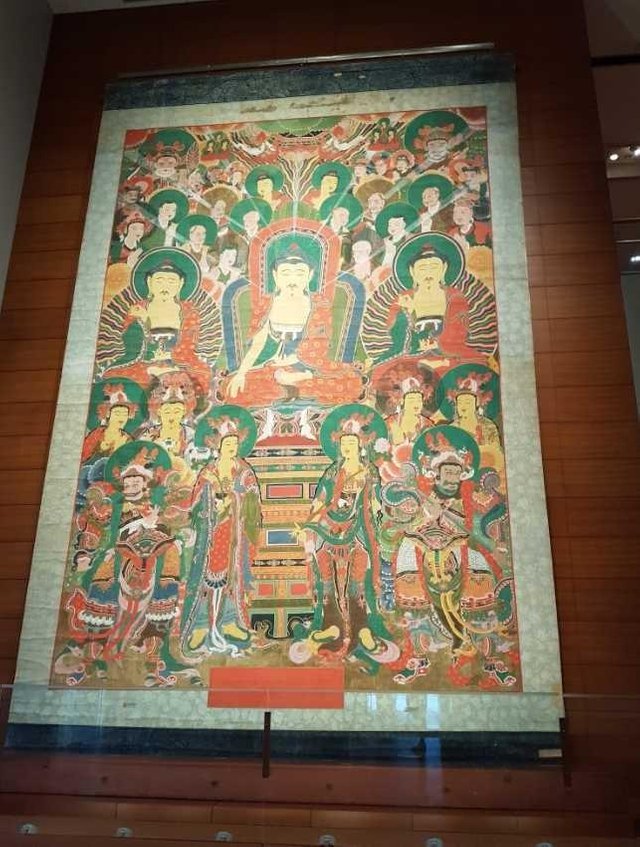
The second corridor connects 11 rooms, and contains 1400 items of cultural heritage. In 11 rooms there is an exhibition, which is donated to the museum. Here you can learn more about Korean culture.
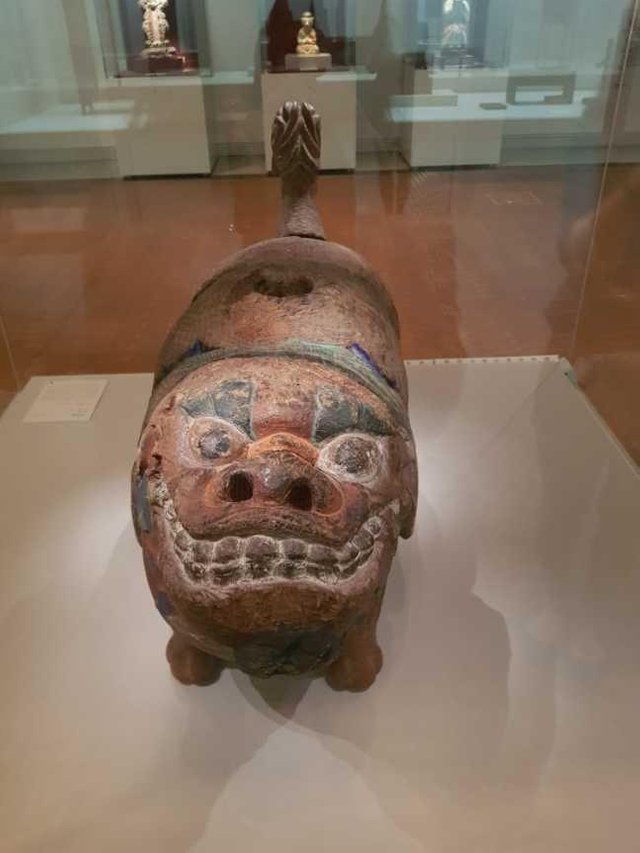
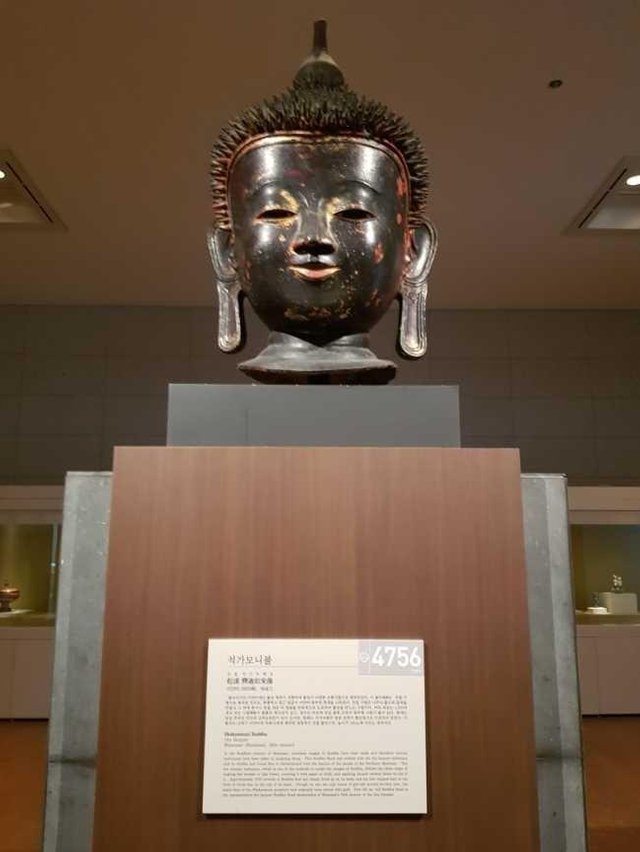
To be honest, I walked 3-4 hours on the third floor, no less. And after going down to the 2nd floor, my brain is not entirely inclined to learn cultural heritage, he's been thinking about a strong cup of coffee, and a thundering stomach also has no special desire to continue the journey. It was 3 pm. At the end of the 2nd floor there is a cafe, and I've been going there, I thought I'd rest for a while, and then with my new powers will keep going, but, unfortunately, all the places have been occupied. Apparently, no destiny.
Gathering all my wishes into a fist, I came down to the first floor.
The first floor of the museum is dedicated to Korean history, from the Neolithic period to modern history. There are only 20 rooms and over 7,500 cultural and historical heritage objects.
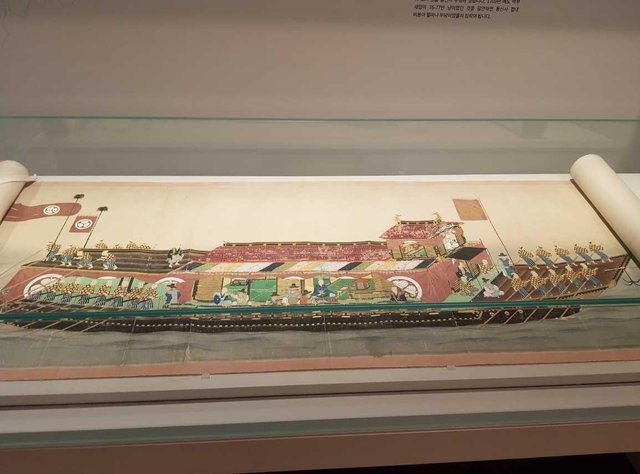
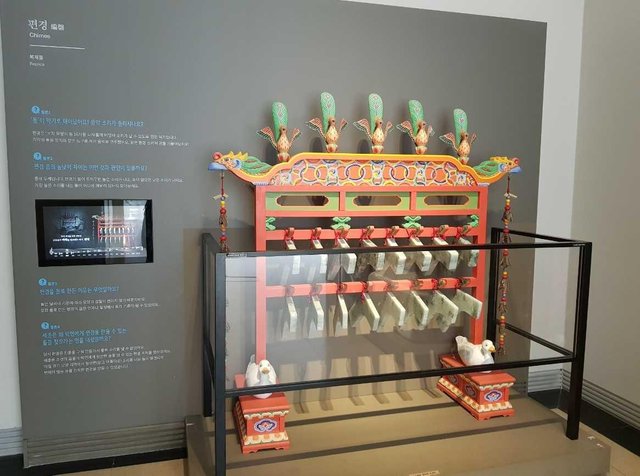
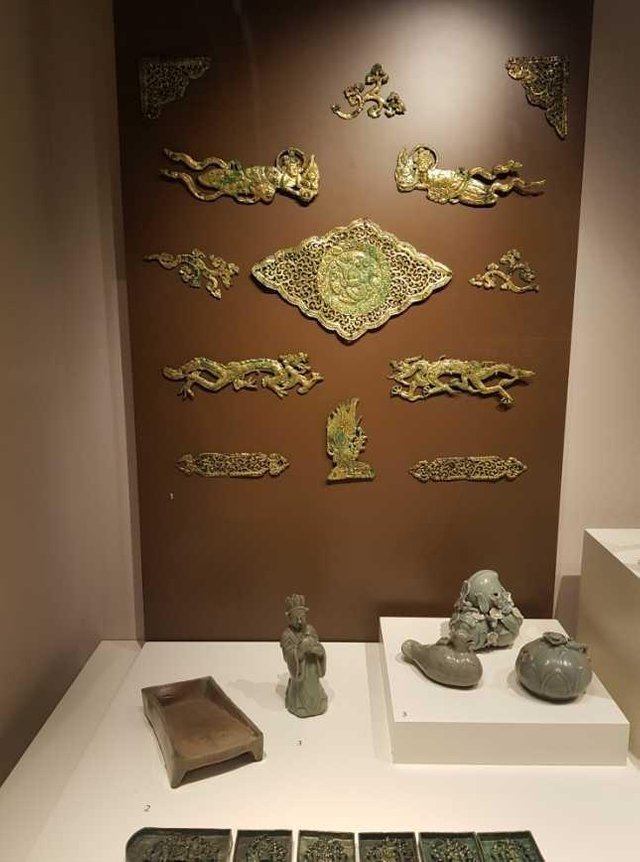
On this floor I run fast. First, there are many people here. Many schoolchildren, who get open lessons. Many tourists are acquainted with Korean history and culture. Second, my phone runs out, it is impossible to take a picture. And third, it was about 6 pm, so I skipped dinner, I decided to have dinner. The museum has a nice food court. There is a traditional Korean dish here. From European cuisine: pasta carbonarra and sandwiches. And at a coffee house in a food court you can drink coffee or eat something sweet.
I'll come back here and look at those corners because I do not have time to see it this time.
Incredible post full of cool photographs! Great to see such posts show up using eSteem! Keep it up and steem on! ;)
You can trade your earned credstars for SBD!
CREATING YOUR PROFILE IS EASY! JUST FOLLOW THE STEPS HERE ☜(ˆ▿ˆc)
Also, don't forget to signup on @dlive - your original videos will be curated and supported by me. 💜